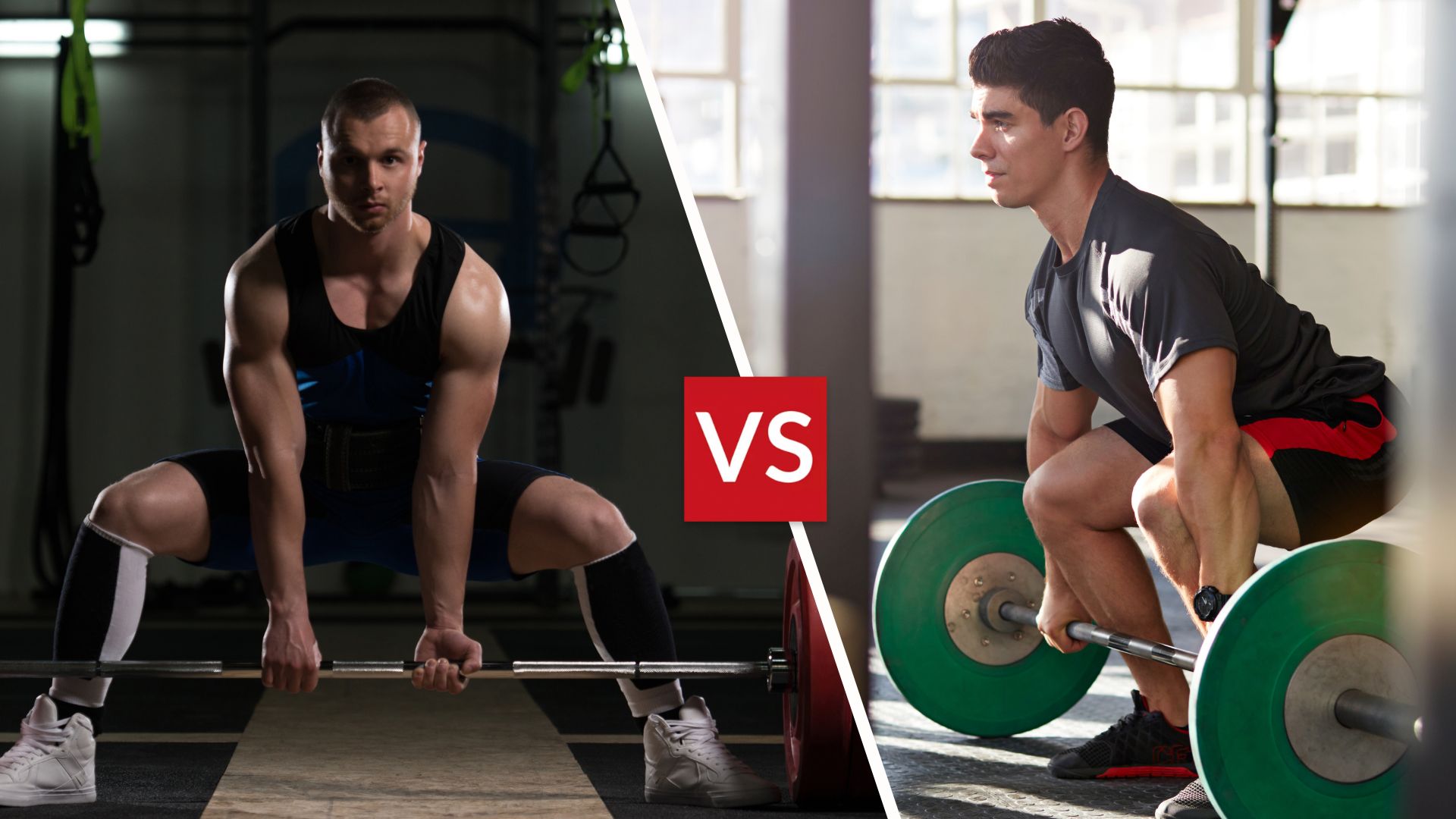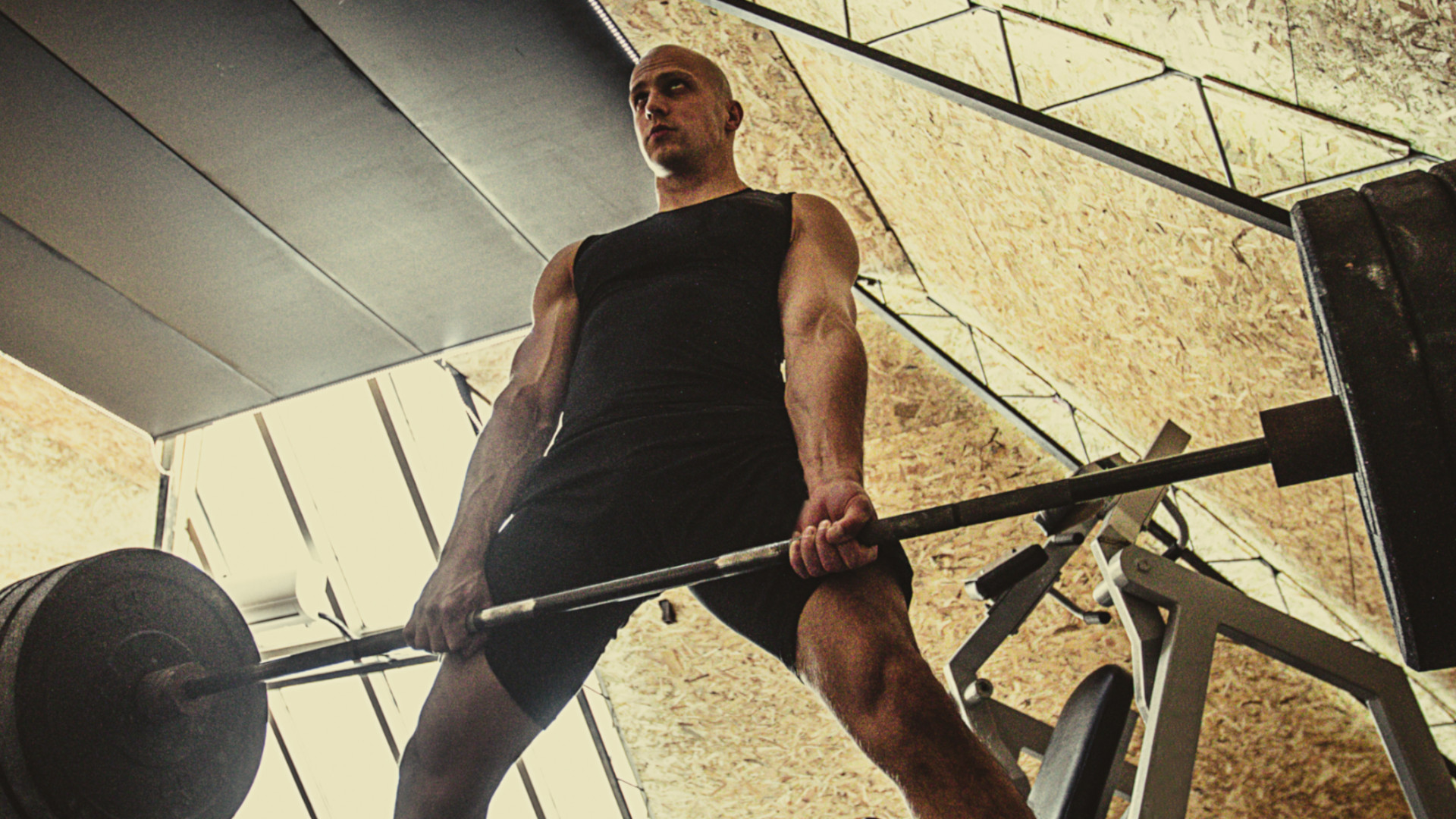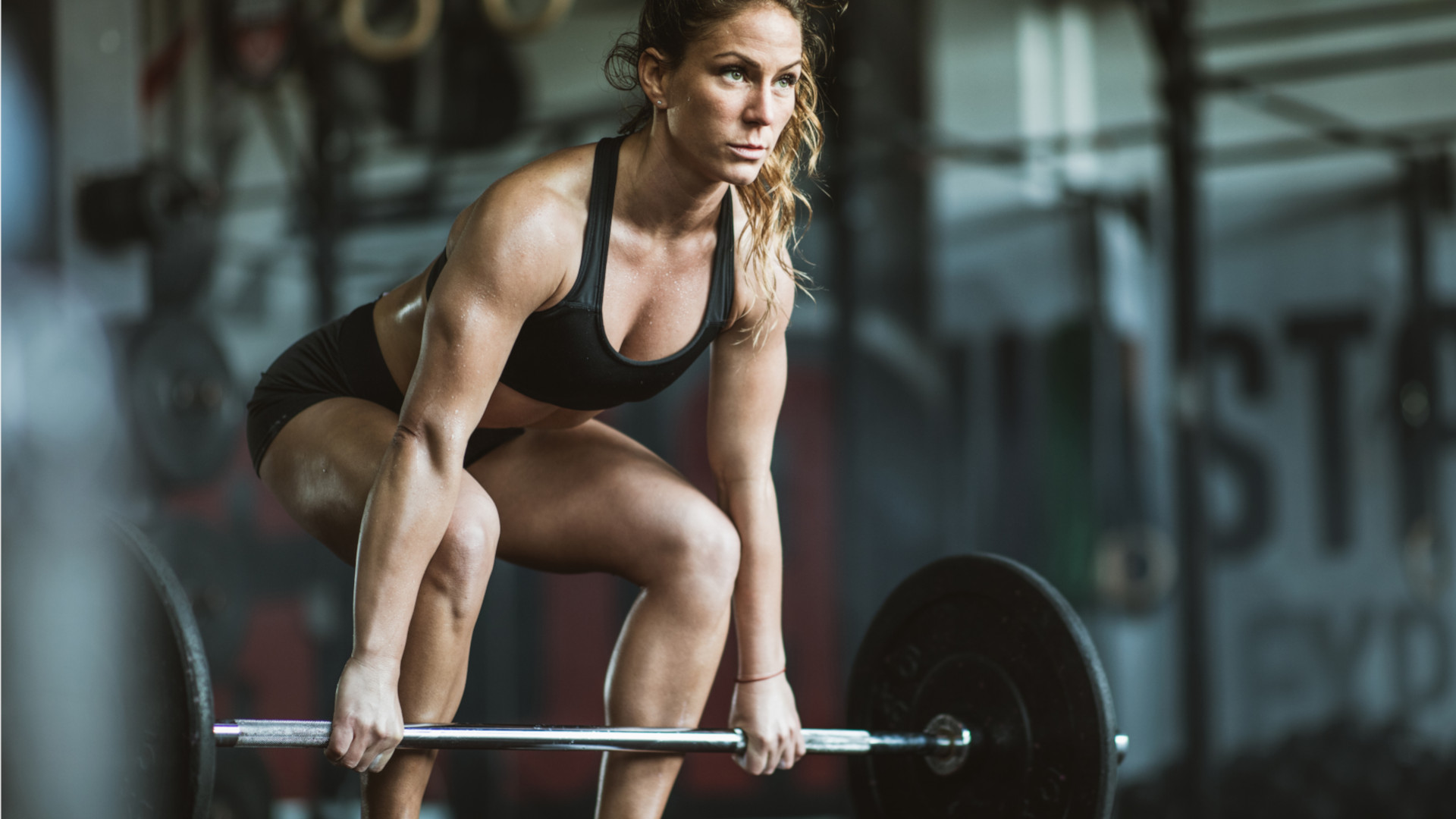Sumo deadlift vs conventional: which is better?
We get into the nitty gritty of each lift to find out which variation you should be doing


There are many reasons why we love the deadlift: it works all the posterior chain muscles, it’s functional, and can deliver superior strength and muscle gains. But, a debate that still surrounds this popular compound movement is which variation is better: sumo or conventional?
On one hand, you’ve got those who are convinced the sumo deadlift is an ‘easier’ lift, or worse, cheating. However, if that were the case, then surely the biggest deadlift number would use a sumo stance? (Newsflash: it doesn’t, it’s conventional.)
Ultimately, it all boils down to your overall goals, body mechanics, and mobility when deciding which is the better lift of the two for you. With the help of an expert, we dive into the nitty-gritty of each one to help you figure that out.
Sumo deadlift vs conventional: key differences
The most obvious difference between sumo and conventional deadlift is the set-up for each lift: the sumo takes a wide foot stance, while conventional opts for the traditional feet hip-width apart. During sumo deadlift, hands will grip the barbell inside the knees, and outside for conventional.
The difference in set-up means the sumo deadlift has a shorter range of motion – as the lifter is positioned closer to the ground and therefore the barbell has less distance to travel – whereas you’re higher up for conventional, so the barbell has a longer distance to travel.
“This divides opinion,” says Ali Woodward, Certified Personal Trainer and Manager at Ultimate Performance. “The nature of the wider sumo stance reduces the stress on the back and hamstring muscles, and places greater emphasis on the quads and adductors. For this reason, many also find they can lift greater loads.” (This is where the thought process that the sumo is ‘cheating’ comes into play.)
While both deadlift variations hit the posterior chain muscles (on the back of the body), there’s a difference in emphasis. “Conventional offers maximal posterior chain recruitment, targeting the hamstrings, spinal erectors, glutes, traps, lats, and even your forearms.” Sumo, on the other hand, hits more of the upper back, quads, glutes, and adductors.
Get all the latest news, reviews, deals and buying guides on gorgeous tech, home and active products from the T3 experts
Sumo deadlift vs conventional: strengths and weaknesses
Below, Ali points out the strengths and limitations that each lift possesses. This isn’t to try and tell you one is superior over the other but instead, so that you can easily see if one is better suited to you and your goals.
Sumo deadlift strengths:

- Wide stance reduces the range of motion, often allowing lifters to lift heavier weights with less spinal load.
- The more vertical torso position makes it easier for some to maintain a neutral spine, meaning less lower back strain.
- Targets inner thighs/adductors: because of the foot position and stance, it hits muscles that the conventional deadlift doesn’t emphasize as strongly.
- Good option for lifters with limited hip or ankle mobility.
Sumo deadlift limitations:
- Less hamstring and glute involvement, due to the stance and form compared to conventional deadlifts.
- It's still a technical lift that requires strong external hip rotation and a tight brace, which some lifters find challenging to learn.
Conventional deadlift strengths:

- Targets glutes, hamstrings, spinal erectors, traps, lats, and even your forearms, delivering maximal posterior chain recruitment.
- It has higher overall muscle activation, making it one of the most metabolically demanding compound lifts, so it's great for building mass and burning fat,
- It has great carryover to real-life activities, such as lifting and carrying, and can improve posture.
Conventional deadlift limitations:
- It requires more ankle, hip, and thoracic spine mobility than sumo and can also benefit those with longer arms as this helps to offset limited mobility in the hips and ankles.
- Places greater stress on the lower back, because of the more horizontal torso position, therefore load management and recovery are key.
- It can be intimidating or technique-heavy for beginners as there's more to go wrong, especially in spinal positioning.
Which is better?
“If your goal is general strength or hypertrophy, conventional deadlifting is tecnically better for full posterior chain development,” Ali says. “Whereas, if your focus is glutes and inner thighs, or if you struggle with lower back issues or lack mobility, sumo may be the safer and more effective option with proper technique early on.”
That being said, you may even want to consider the trap bar deadlift, a fantastic (and very functional) variation that will help you nail your form and reduces load on the lower back. Plus, you move some serious timber using the hex bar.
One thing for certain is that one lift shouldn’t be viewed as 'better' than the other. As we mentioned earlier, it comes down to your goals, preferences, and biomechanics in deciding which lift is best for you. Both the sumo and conventional deadlift use the hip hinge movement pattern and, ultimately, the best exercise is the one where you can move correctly and with good form.

Bryony’s T3’s official ‘gym-bunny’ and Active Staff Writer, covering all things fitness. She is a certified personal trainer and also a part-time fitness instructor. In her spare time, you will find her in her natural habitat - the gym - where her style of training is a hybrid of bodybuilding and powerlifting. Bryony loves writing about accessible workouts, nutrition and testing innovative fitness products that help you reach your fitness goals and take your training to the next level.
You must confirm your public display name before commenting
Please logout and then login again, you will then be prompted to enter your display name.